Since the price of gold broke the US$2,300 level for the first time in April this year, it has met with resistance after hitting US$2,450 an ounce. The commodity is now trading between the support level of US$2,300 and resistance level of US$2,400. The spectacular climb was due to not only geopolitical crises – in the Middle East and Ukraine – but also China’s buying spree of the precious metal.
As the biggest central bank gold buyer in 2023, the People’s Bank of China (PBC) had bought gold for 18 straight months – till it stopped buying in May 2024. One swallow doesn’t make a summer, but in the case of China, the news that the kingdom didn’t add any gold to its reserves in May was enough to spark sell-off. However, it doesn’t mean Beijing has actually stopped buying.
It could be a simple tactic to bring down the gold price before buying again. Currently, China’s total official gold holdings are 2,264 tonnes, or 4.9% of the nation’s total reserves – the highest ever. The PBC has added more than 300 tonnes of gold during its buying spree. Besides the government, Chinese retail buying – especially during Lunar New Year – has also contributed to the bullish metal.

In fact, the Chinese consumers bought so much gold that the spot price of gold in China was trading about US$85 more per troy ounce compared to London’s international benchmark. That premium has persisted for almost a year – suggesting that the bull run would continue. Initially, the gold was seen as a hedge against inflation. Now, it’s seen as a hedge against the possibility of a devaluation of Renminbi.
As Renminbi has weakened about 2% against the U.S. dollar this year, it’s not rocket science why Chinese buyers bought gold to protect themselves. Even if they were clueless about the concept of hedging, it won’t go wrong to blindly follow China’s central bank move of adding 225 tonnes to its gold reserves last year – the highest on record since at least 1977.
Investing in gold became more attractive after real estate investments and stock market plunged in value. While consumers have their reasons to buy gold, the government has even more reasons to do so. Having reliant on the American dollar for trade with the rest of the world, China realized that the greenback is a double-edged sword, especially after watching what the U.S. had done to Russia.
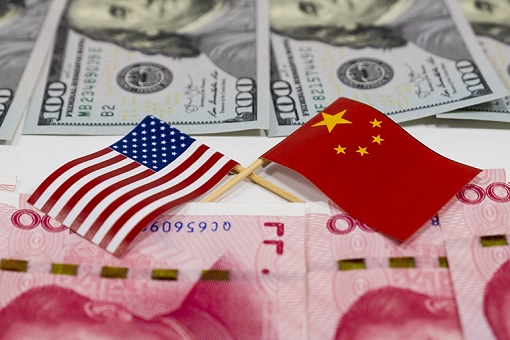
After the U.S. and Europe imposed sanctions on Russia, it triggered a massive devaluation of the country’s currency – ruble. Russians lined up at ATMs to withdraw their money. The Bank of Russia immediately hiked the interest rates to 20% to slow the withdrawal, as the ruble plunged 30% against the US dollar after the ban of Russian banks from the SWIFT system.
Indeed, the financial sanction was more lethal than economic sanction like the trade war between the U.S. and China. The reason why the Russian currency collapsed so easily and quickly was because the U.S. and its allies shut off the Russian central bank’s access to most of its US$630 billion of foreign reserves – effectively emptying its coffers critical to support the rubles.
Using such a weapon was extremely unfair and ruthless, even though it was highly effective to cripple the Russian economy in order to pressure Vladimir Putin. It’s unclear whether Russia will ever get back its US$630 billion of foreign reserves. But the financial sanctions have raised the burning question – why should a country accumulate U.S. dollar when it could easily be taken away?
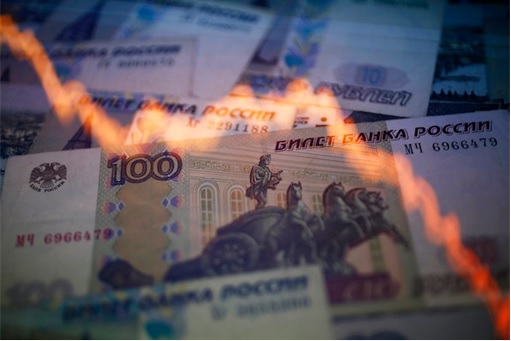
Would it not be safer to buy other assets such as gold as reserves? Even the idea of stockpiling commodities like crude oil or other metal sounds like a better alternative. Beijing was watching and studying the financial sanctions imposed on Russia to understand how the Western powers might react to an invasion of Taiwan, or any types of confrontation that may challenge the American supremacy.
China wanted to know how to insulate, or at least minimize the impact, of similar sanctions in the future – if it decides to confront the U.S. and the Western power heads on. And it appears to have found the way to navigate both financial and economic sanctions like the one imposed on Russia. Vladimir Putin has taught Beijing how to do it – using gold.
On March 25, 2022, the Bank of Russia unexpectedly announced that it would link ruble to gold at 5,000 rubles per gram. By pegging the currency to gold, Putin has effectively strengthened the ruble with a gold standard. Meaning he has set a floor price for the ruble in terms of the U.S. dollar since gold trades in U.S. dollars. And this is where the fun begins.
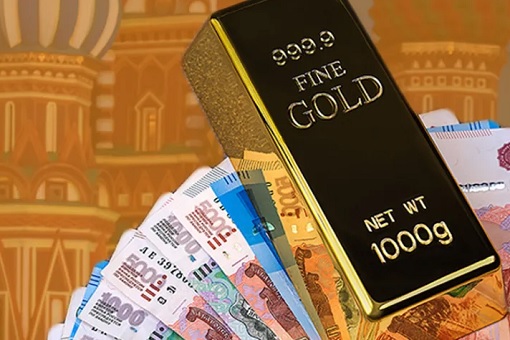
Because gold was trading at about US$62 per gram, it translates to (5,000/62) about 80.6 rubles per dollar. This is why the Russian currency hits the roof. By demanding that buyers of Russian gas pay using rubles, the country’s natural gas was linked to gold via ruble. Moscow could begin accepting gold directly in payment for its oil and gas exports – or even other commodities.
By linking the ruble to gold and then linking energy payments to the ruble, it has not only put a floor under the ruble-dollar rate, hence stabilized and strengthen the ruble, but also could alter the global monetary system. U.S. dollar used to be backed by gold – till President Nixon’s unilateral decision to end it in 1971 for fear that the U.S. would run out of gold due to expenditure in Korea and Vietnam War.
Taking the same page from Russian playbook, China could shield itself in the event of a more severe trade war with the U.S., or in the event of sanctions as a result of a Taiwan invasion. As long as it has tonnes of gold to back the Renminbi, Washington and its allies would be powerless against Beijing. When push comes to shove, it could survive by trading with the rest of the world except the U.S. and NATO.
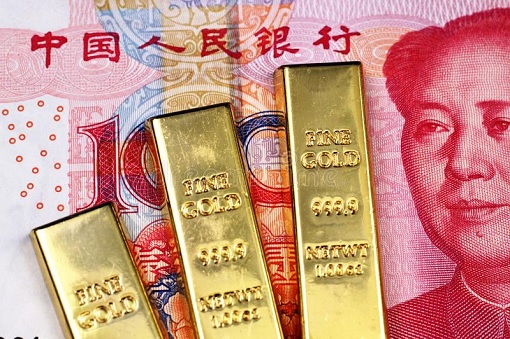
The best part is China has built up huge foreign exchange reserves – mostly in dollars – over the past 30 years. As of May 2024, China’s foreign exchange reserves totalled US$3.232 trillion, which is the highest foreign exchange reserves of any country. Previously, analysts and economists laughed at the idea that it could punish the U.S. by dumping the greenback.
If the Chinese government dumps the U.S. dollar, what could it replace the world’s reserve currency with, asked the economists? Well, thanks to Putin, Beijing has found that gold is much safer and more valuable than the worthless American “I.O.U. papers”. From more than US$1 trillion of U.S. Treasury bonds, China has been gradually and quietly dumping it to US$775 billion in February.
In fact, not only China and BRICS members (Brazil, Russia, India, China, South Africa) have been aggressively dumping the U.S. Treasury bills while diversifying its foreign assets since 2022, but they have also avoided trading in the U.S. dollar through something called “de-dollarization”. The BRICS has even floated the idea of a common currency.
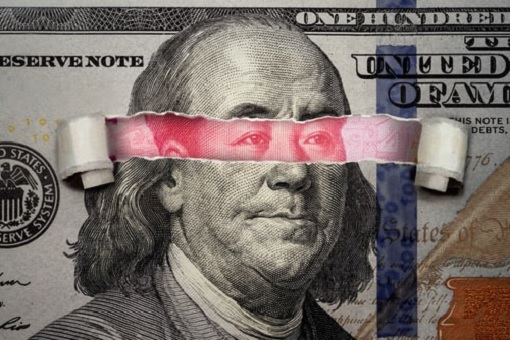
But does China have enough gold for a gold standard? The United States is supposed to have the world’s largest gold reserve – more than 8,000 metric tons of gold. However, nobody knows whether the U.S. really has those physical gold. On the other hand, China is the world’s largest producer of gold. The Shanghai Gold Exchange actually trades primarily in “physical metal”, allowing delivery of physical gold.
At the end of 2021, the total amount of physical gold withdrawals from the Shanghai Gold Exchange was 21,704 tonnes, roughly 690 million ounces. To put that in perspective, global gold production was approximately 113 million ounces in 2021. China doesn’t sell gold, and also does not export domestic mine production, meaning it has more gold reserves than reported in 2021 alone (1,948 metric tons).
Many analysts believe China hides several thousand tonnes of gold and keep the record separately in something called the State Administration of Foreign Exchange (SAFE). The numbers simply don’t add up. The country imported over 1,400 tonnes of gold in 2023, making it the largest gold importer in the world. As the world’s largest gold producer, it dug 375 tonnes of gold in the same year.
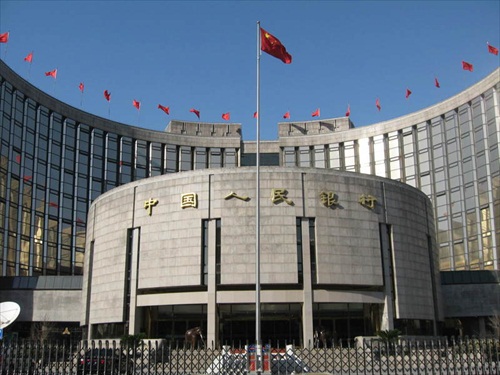
Yet, 17 listed Chinese banks, including the big four state-owned banks, have reported their precious metals holdings of only 1,016 tonnes as of end of 2023. Interestingly, the amount of gold held by Chinese commercial banks has been falling since 2016, when total holdings peaked at over 3,000 tonnes. Officially though, the total gold holdings of Chinese retail buyers, banks, and the PBOC actually only increased by 431 tonnes in 2023.
But China’s total gold production and net imports were about 1,775 tonnes last year. That’s a gap of more than 1,300 tonnes. If there are already 1,300 tonnes of missing gold in 2023 alone, can we still trust that China’s total official gold holdings is2,264 tonnes? The PBOC could have bought more gold than it reported. Over the last two years, about 2,700 tonnes of gold – worth US$200 billion – had gone missing.
This means Beijing has at least 5,000 tonnes of gold. One of the reasons the PBOC withhold a full disclosure was to avoid creating a shock – even panic – in the market. Obviously, it didn’t buy any gold in May because it wanted the gold price to go down before buying at lower prices. The second possibility is that China’s sovereign wealth fund may have bought and kept some of the missing gold.
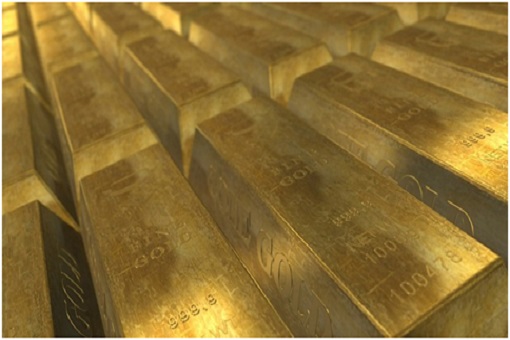
Make no mistake. The World Gold Council analyst expects central bank purchases to continue for several years. President Xi Jinping has repeatedly said that the island of Taiwan is considered a breakaway province which must be reunited by force if necessary. Even if there was no intention to invade Taiwan, the U.S. has begun provoking the Philippines to start a war with China.
Other Articles That May Interest You …
- Bullying Won’t Work – Yellen Begs China To Cut Overcapacity To Save US Workers, Whilst Threatens Beijing Not To Support Russia
- De-Dollarization Kicks Into High Gear – Chinese Yuan Hit Record High, Overtook Japanese Yen As 4th Most Used Currency
- This Is Just The Beginning – These Charts Show The Impact Of The BRICS Expansion, And How 6 New Members Were Selected
- BRICS Currency Backed By Gold – Last Year Yellen Bragged U.S. Dollar Can’t Be Challenged, Now She’s Not Sure Anymore
- De-Dollarization Going Global – Why This Ex-Goldman Chief Economist Encourages BRICS To Challenge US Dollar Dominance
- Moscow & Beijing Laughing All The Way To The Bank – How China Makes Easy Money Reselling Russian Gas To Europe
- Saudi Arabia Wants To Join BRICS – Here’s Why US Dollar’s Global Dominance Is Toast
- Economists Thought China’s Economy Depends On The World – But McKinsey Research Shows Otherwise
- From Trade War To Tech War – After 5G Technology, The US Aims To Cripple China’s Artificial Intelligence
- China’s New Message To The U.S. – “Negotiate – Sure!”, “Fight – Anytime!”, “Bully Us – Dream On!”

|
|
June 27th, 2024 by financetwitter
|


|

|

|

|

|

|




























Comments
Add your comment now.
Leave a Reply